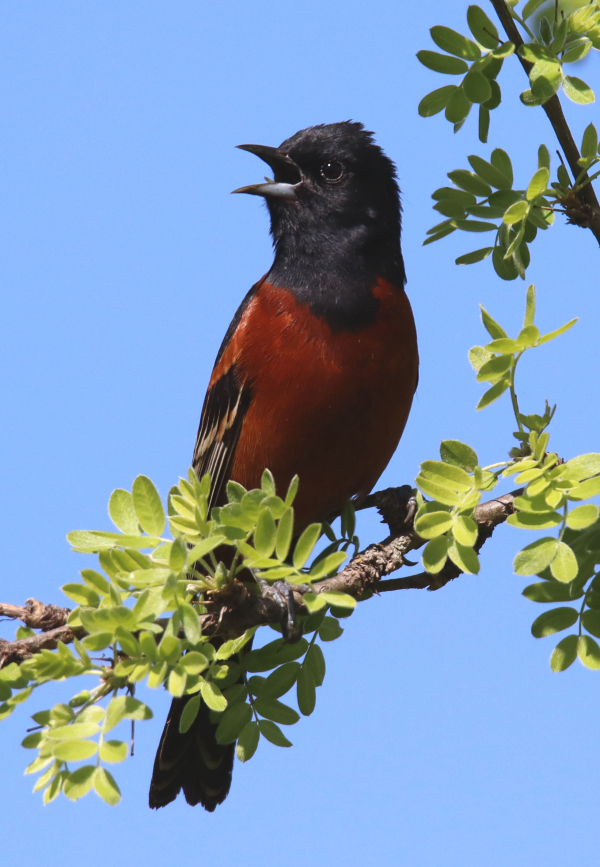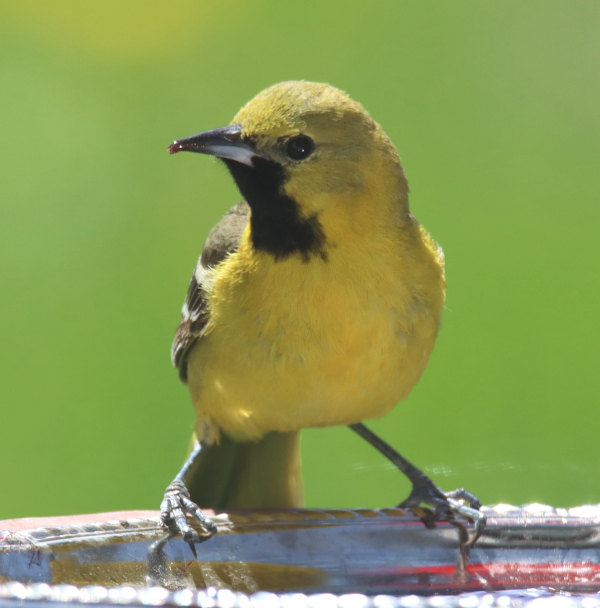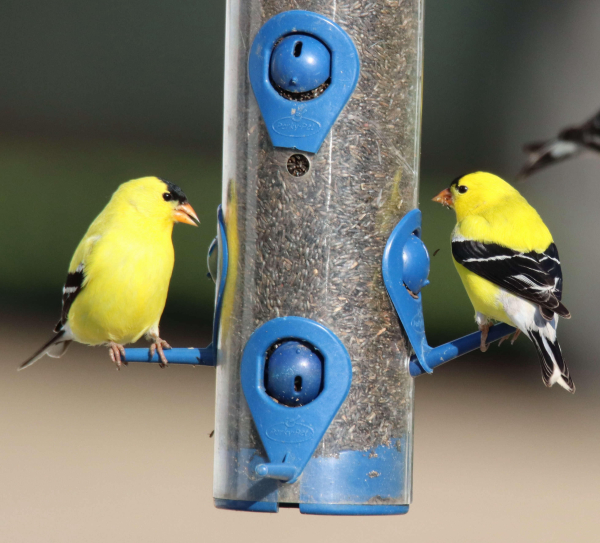Bird Songs

While we are still enjoying the variety of bird songs that have provided background music for a couple months now, we uncovered a recent article that provides a new research on bird songs, especially the songs of female birds. We have long known that bird songs serve 2 primary purposes: To establish and defend a territories and to attract mates. Songs often carry long distances and display the singer’s health and vigor, which should warn potential competitors and attract a potential mate.
Although we generally think of male birds as being the ones that sing, in recent years, ornithologists have turned fresh attention to female songs. Female song has now been documented in 70 percent of songbird species, but it’s especially prevalent in birds that live in the tropics, which helps explain why it’s been largely overlooked. The birds of North America and Europe have historically been much more thoroughly studied than their tropical counterparts, creating something of an information bias.
Female birds sing for similar reasons as males, including to defend territories and communicate with mates or potential mates. Women researchers have been the key drivers in recent studies of female bird songs, which stands an example of how opening up science to underrepresented groups leads to new challenges toward established assumptions, adding new ideas, and uncovering new information.
Learning Species-Specific Songs
Young birds typically learn their songs by listening to and imitating adults. Because songs are passed down from one generation to the next, some species have regional dialects, with noticeable differences between individuals’ songs that live in widely different parts of a species’ range.
Many birds produce a variety of “calls” in addition to songs. These are usually shorter, simpler vocalizations, although there are a few species whose songs are actually simpler than their calls. Calls are used for quick communication with other birds, like to signal a bird’s location (a contact call) or to warn of danger (an alarm call). We usually hear the most singing during the spring season, but birds that defend territories year-round may sing at any time of year.
The above very interesting information is a small part of an extensive article about bird songs published by the American Bird Conservancy, so if you’re interested in learning more, please refer to their interesting presentation about bird songs at Why Do Birds Sing? Recent Studies Sing a New Tune About Birdsong – American Bird Conservancy (abcbirds.org)
In the meantime, enjoy the bird songs you hear daily; try to identify each species singing the songs, and if you can locate the birds as they sing, that sometimes helps to instill a species’ songs in your memory. It’s all a very fun part of birding.
Share your backyard birding experiences and photos with The Birding Wire at editorstbw2@gmail.com






